The Great London:
Egypt
UK: British Museum to launch first major exhibition of underwater archaeology in May 2016
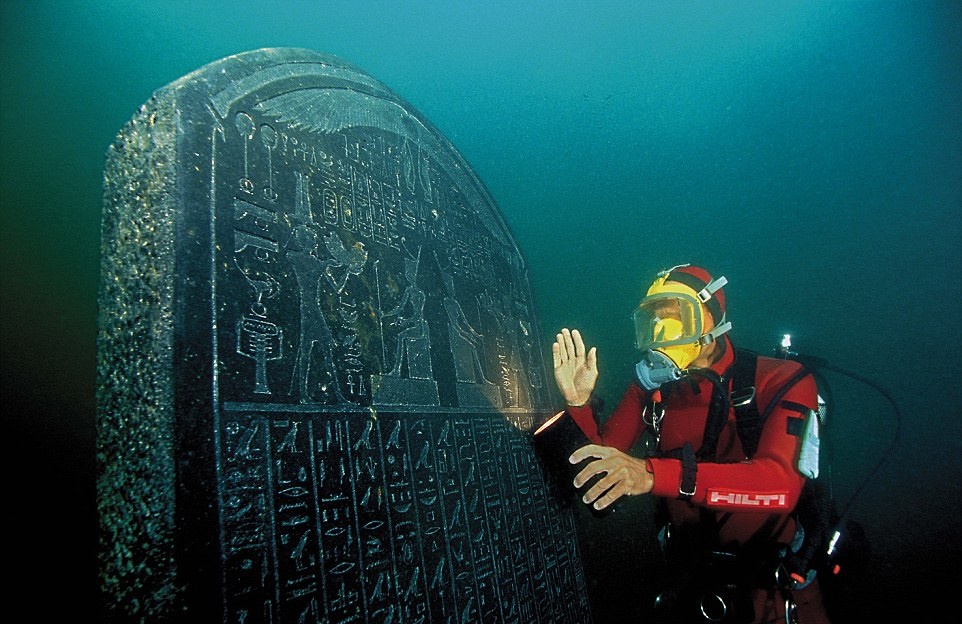
More Stuff: 'Egypt: Millennia of Splendour' at the Museo Civico Archeologico in Bologna
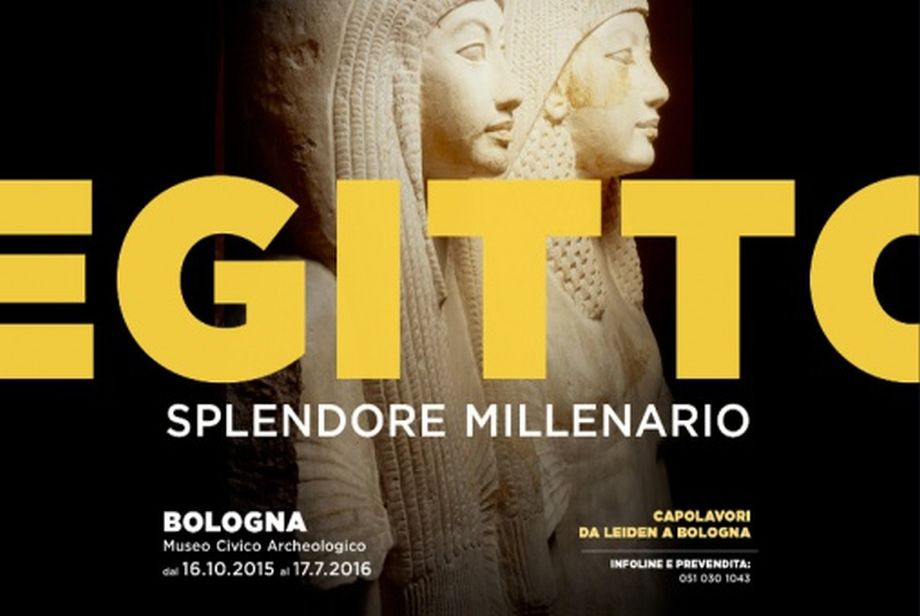
Near East: Youngest ancient Egyptian human foetus discovered in miniature coffin
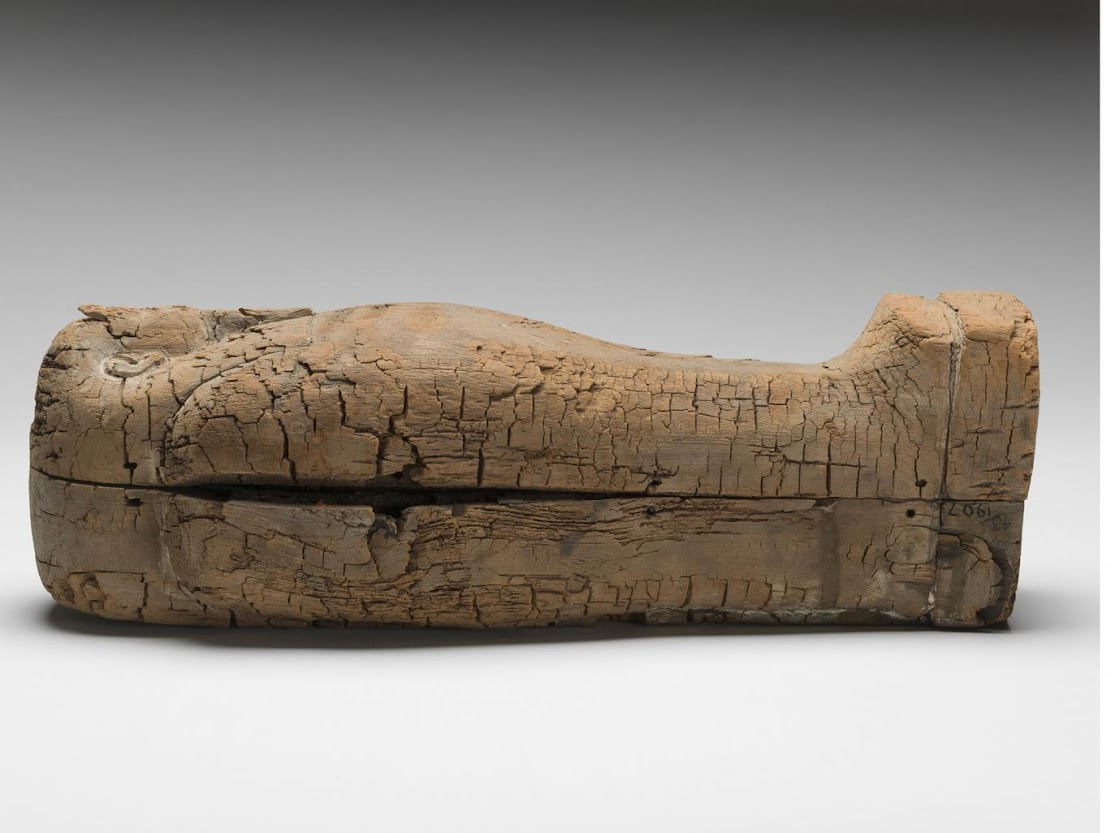
Forensics: Intricate animal and flower tattoos found on Egyptian mummy

Great Legacy: Egypt receives ancient stolen limestone relief from UK
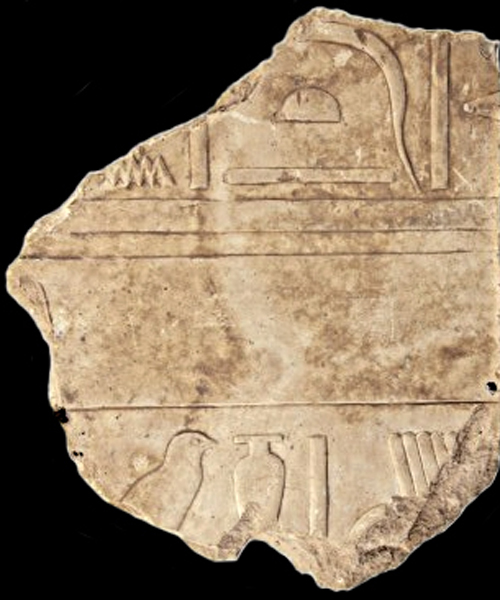
Greater Middle East: Ancient papyri deciphered by armchair archaeologists

Near East: Revelations abound with scanning of Maidstone Museum's mummy

Near East: Egypt receives 3,200-year-old relief from UK

More Stuff: 'Papyri from Karanis: Voices from a multi-cultural society in ancient Fayum' at the Egyptian Museum in Cairo

Travel: 'Beyond Beauty: Transforming the body in ancient Egypt' at Two Temple Place, London

Greater Middle East: Rosetta-style inscription unearthed in Egypt
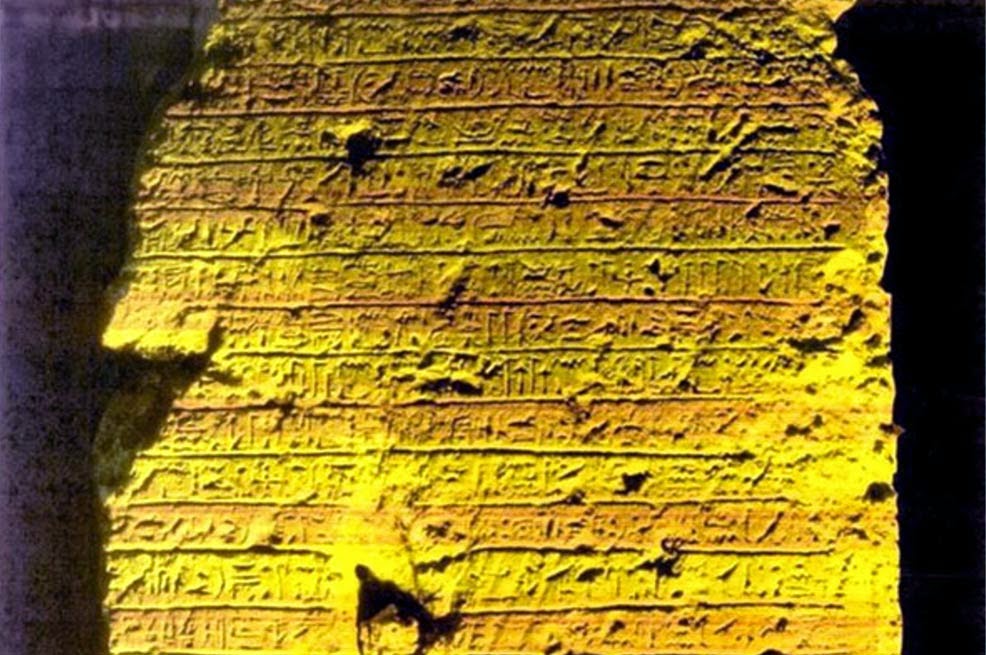
Greater Middle East: Tarkhan Dress is the world’s oldest woven garment

More Stuff: Turin Egyptian Museum gets overhaul of pharaonic proportions
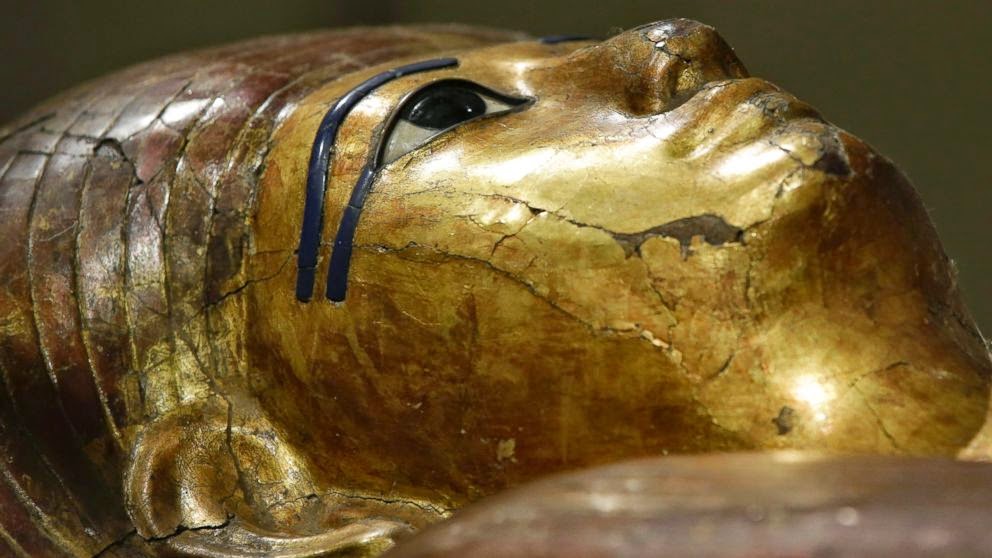
Exhibitions: Egyptian mummies virtually unwrapped in Australia

Great Legacy: Egypt recovers stolen relief of Seti I from London

Near East: 4,000 year old Egyptian model boat sails away as top selling lot at Bonhams Antiquities Sale

Travel: 'Ancient Egypt Transformed: The Middle Kingdom' at Metropolitan Museum of Art, New York

Great Legacy: Egypt launches appeal to buy back Sekhemka statue

More Stuff: Paris Egypt exhibit holds defiant message for Islamic State

Great Legacy: Section of Tuthmosis column returned to Egypt
